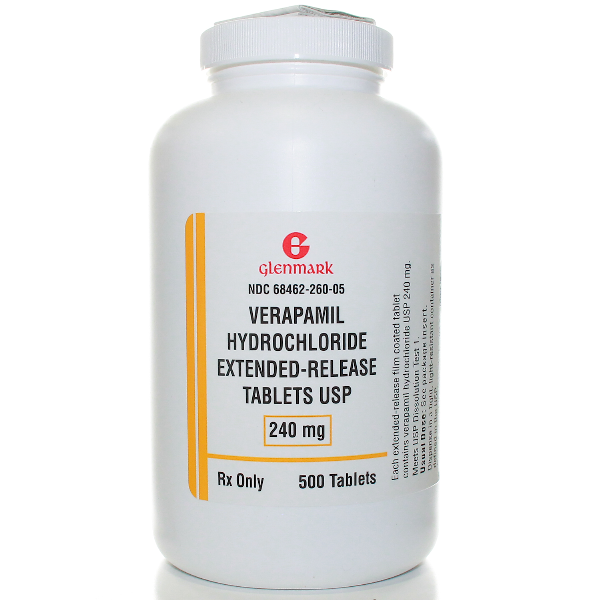









Type | Example | Use |
|---|---|---|
Ring pessary | Ring with or without support | Pelvic organ prolapse support (non-surgical) |
Gellhorn pessary | Disc-shaped with central stem | Advanced uterine prolapse |
Hormonal pessary | Estradiol vaginal tablet/pessary | Vaginal atrophy (e.g., *Vagifem*) |
Antifungal pessary | Clotrimazole vaginal pessary | Vaginal candidiasis (e.g., *Canesten*) |
Antiprotozoal | Metronidazole vaginal pessary | Trichomoniasis, bacterial vaginosis |
Contraceptive | Nonoxynol-9 spermicide pessary | Vaginal contraceptive method |
Device | Inserted Into | Purpose | Examples |
|---|---|---|---|
Pessary | Vagina | Support organs or deliver medication | Ring, Gellhorn, Clotrimazole, Vagifem |
Bougie | Esophagus, urethra, cervix, rectum | Dilate or assist instrument passage | Hegar, Maloney, Filiform, Gum elastic bougie |

S.N. | Intradermal | Intravenous | Subcutaneous | Intramuscular |
|---|---|---|---|---|
Angle of administration | 10-15° | 25° | 45° | 90° |
Site of administration | Superficially into the dermis of the skin raising a bleb | Into the superficial vein located in dermis | Loose subcutaneous tissue located beneath the dermis | Large muscle such as Deltoid, Triceps, Gluteus maximus, Rectus femoris, etc |
Advantages |
|
|
| |
Disadvantages |
|
|
|
|
Examples |
|